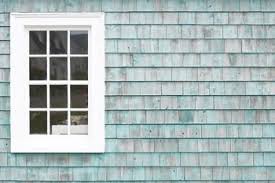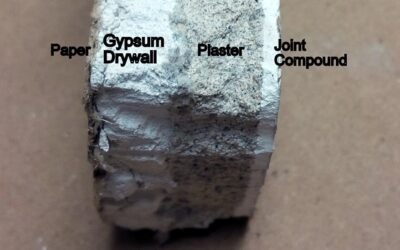Understanding SCAQMD Rule 1403 Procedure 5 Cleanup Plan
The South Coast Air Quality Management District (SCAQMD) has established Rule 1403 to regulate asbestos emissions from demolition and renovation activities. Among the procedures detailed in this rule is Procedure 5, which outlines the requirements for cleanup plans. This article will provide an in-depth look at what a Procedure 5 Cleanup Plan entails, its importance, and the steps involved.
What is SCAQMD Rule 1403?
SCAQMD Rule 1403 is designed to protect the public from the health risks associated with asbestos exposure during demolition and renovation activities. Asbestos fibers can cause serious respiratory illnesses, including lung cancer, mesothelioma, and asbestosis. Rule 1403 aims to minimize the release of asbestos fibers into the air by enforcing strict regulations and procedures.
Overview of Procedure 5 Cleanup Plan
Procedure 5 under Rule 1403 specifically addresses the cleanup of asbestos-containing materials (ACM) after demolition or renovation activities. The goal of the Procedure 5 Cleanup Plan is to ensure that all asbestos debris is properly removed and disposed of, thereby preventing any potential exposure to asbestos fibers.
Key Elements of a Procedure 5 Cleanup Plan
A comprehensive Procedure 5 Cleanup Plan includes several critical components:
- Assessment and Preparation:
- Conduct a thorough assessment of the worksite to identify all areas where damaged asbestos-containing materials and associated debris are present.
- Develop a detailed work plan outlining the scope of the cleanup, including the specific tasks to be performed, the personnel involved, and the timeline for completion.
- Containment and Safety Measures:
- Implement containment measures to prevent the spread of asbestos fibers during the cleanup process. This may include sealing off the work area with plastic sheeting and using negative air pressure systems.
- Ensure all personnel involved in the cleanup are equipped with appropriate personal protective equipment (PPE), such as respirators and disposable coveralls.
- Removal and Disposal:
- Carefully remove all asbestos-containing materials and debris from the worksite. This includes using wet methods to minimize dust and employing specialized tools designed for asbestos abatement.
- Properly package and label all asbestos waste in accordance with local, state, and federal regulations. Transport the waste to an approved disposal facility.
- Air Monitoring and Clearance:
- Conduct air monitoring during and after the cleanup process to ensure that asbestos fiber levels are within acceptable limits.
- Perform a final visual inspection and clearance testing to confirm that the worksite is free of asbestos contamination.
- Documentation and Reporting:
- Maintain detailed records of the cleanup activities, including assessment reports, air monitoring results, disposal manifests, and clearance certifications.
- Submit the required documentation to SCAQMD to demonstrate compliance with Rule 1403.
Importance of Compliance
Compliance with Procedure 5 Cleanup Plan is crucial for several reasons:
- Public Health: Proper cleanup of asbestos-containing materials reduces the risk of asbestos exposure, protecting the health of workers and the general public.
- Legal Obligations: Non-compliance with SCAQMD Rule 1403 can result in significant fines and legal penalties. Adhering to the Procedure 5 Cleanup Plan helps ensure compliance with all regulatory requirements.
- Environmental Protection: Proper disposal of asbestos waste prevents environmental contamination, preserving the quality of air and soil in surrounding areas.
Conclusion
The SCAQMD Rule 1403 Procedure 5 Cleanup Plan is a vital component in the regulation of asbestos emissions during demolition and renovation activities. By following the detailed steps outlined in the plan, contractors and property owners can ensure a safe and thorough cleanup of asbestos-containing materials. This not only protects public health and the environment but also ensures compliance with regulatory standards, avoiding potential legal and financial repercussions. For more information on SCAQMD Rule 1403 and Procedure 5 Cleanup Plans, visit the SCAQMD website or consult with 3West Environmental.
- Assessment and Preparation:
Asbestos Cement Siding Inspection
Asbestos Cement Siding Inspection by Nick Gromicko, CMI® Asbestos cement is a composite material made from Portland cement reinforced with asbestos fibers. Manufacturers popularized asbestos cement siding before banning it in the U.S. in the 1970s. During inspections,...



